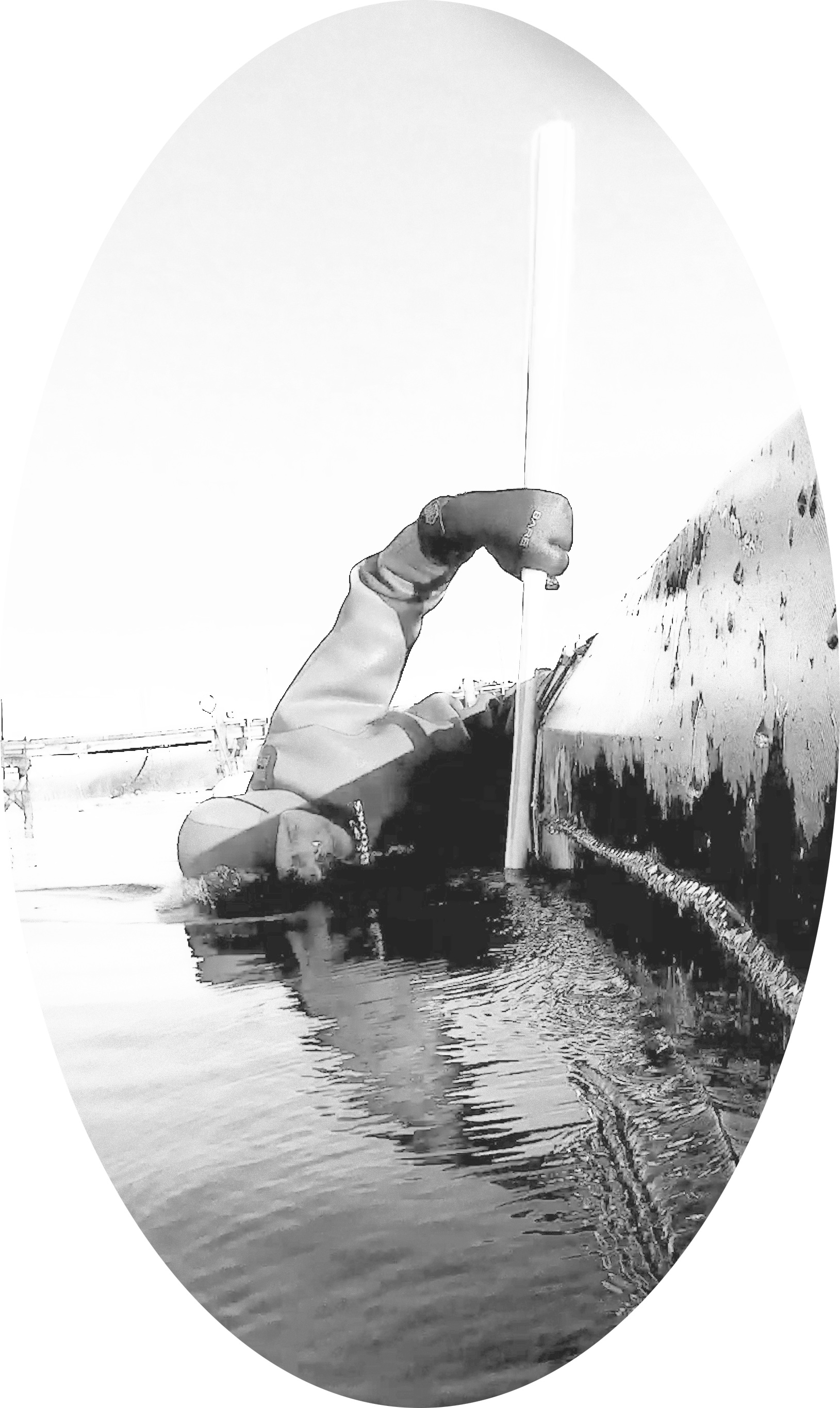
33 Straight Jacket Roll
I have finally made it. With the excellent help and instructions of Anne-Sofie Furuhaug and Jörgen Fagereng Wessel! Thank you! This is an excellent example of how hands on instruction is invaluable to written instructions. I posted the instructions I got from Anne-Sofie and Jörgen earlier this spring but couldn't make out what I really needed to do. I invited them to come from Norway, they did and they taught me.
This is what I can tell you about my journey so far.
Prerequisites:
- A strong will to succeed, the process can be a bit painful at times.
- A qajaq that fits you, low back deck, full contact with your thighs.
- Good twist in your torso.
- An understanding of what supports you; water, shoulders, secondary stability, weight distribution inside and out.
- You should be able to do an Elbow roll with some ease, double elbow as well. If not start there.
Yoga and stretching. YES! For me this is somewhat painful but makes all the difference. And it takes time so don't set a timetable, do what you can and things will come to you.
Qajaq: This is one of the reasons I got into SOF qajaq building, so I can build myself a qajaq which allows me to do a SJ roll. Not that the qajaq does anything for you but some attributes need to be fulfilled. My current one (T2D5 - TvångsTröja David #5 or Strait Jacket David #5) is great, built for this purpose alone. There are two issues with it, the masik is a tad too high and it's black, l loved my brown ones. The R2D4 (Rockhopping and Roll David#4) had a masik slightly lower and I had to push my knees under it, so I raised it 1 cm for T2D5 and now I regret it a bit. When I lean forward my arms touch the masik stopping me from getting low on the foredeck. This isn't a problem in forward finishing rolls since my arms are not in the way but.... Since the time I origonally wrote this post I have developed my rolling qajaqs. My current one, number 12, has a larger cockpit so I can fit my elbows in the hole of the cockpit, that helps. Futhermore I have rounded the foredeck for a smoother roll. The design has a couple of more features that help in the very hardest rolls. More to come I hope...
Padding and a snug fit is vital for this roll. Both at the masik and at the hips. If your hips slide down in the qajaq to the water gunwale it's very hard to get past the secondary stability and on to the back deck. I have now padded my hips as much as I can without restricting butt/hip movement.
The main things I work on at the moment are:
Timing! As you can see if you watched my videos the speed of the rolls increase with the difficulty. For that to make sense I need to have all parts of the roll down. I see it as positions of body and kayak I go through, not stop in. I don't stop in a face down float when I do a forward finishing hand roll but I pass through the position. The same with the straight jacket roll.
I have mentioned a couple of times that I push my non-water leg out to the gunwale. Not so much anymore. I push the non-water leg forward in the kayak, this helps in the next step. To recover to the back deck I need to ease up with my lower back first, then chest and head out of the water last. This is what Anne-Sofie and Jörgen wrote to me and later showed in detail.
Additional sources:
I also got this answer from Anne-Sofie Furuhaug and Jörgen Fagereng Wessel on Facebook:
I found this on Helen Wilsons site www.greenlandorbust.org
Often when first attempting the Straitjacket Roll, the paddler tries to “sweep” onto the back deck, and essentially bumps into it. They can hang out there all day (breathing), but not actually get onto the deck. Does this sound familiar? In this description, the “sweep” is the problem. This “sweep” usually works with a hand roll, fist roll, brick roll and sometimes even the Elbow Roll, but it will not work with the Straightjacket Roll. For the Straightjacket Roll, you need to think of your upper body as a lever, and instead of trying to “sweep” onto the back deck, push your upper body toward the ground, which will give you the leverage to fully recover. Following are the steps to a successful Straightjacket Roll (described with a right-side recovery):
– Place your arms against your chest with your fingers and thumbs under your armpits.
– Capsize to the left with your shoulders parallel to the side of the kayak and your forehead down (this will give you a rounded spine).
– RELAX until your body gets to the highest position possible on the right side of the kayak (your shoulders should be parallel to the surface).
– Throw your upper body toward the ground, using your back as a lever and keeping your shoulders parallel to the surface. Simultaneously, drive hard with the right knee.
– Slide up onto the back deck (your head may hit the side of the kayak during the recovery).
– Helen
Your forearms shall be pressed against your body throughout the roll and your fingers shall remain in your armpits.

